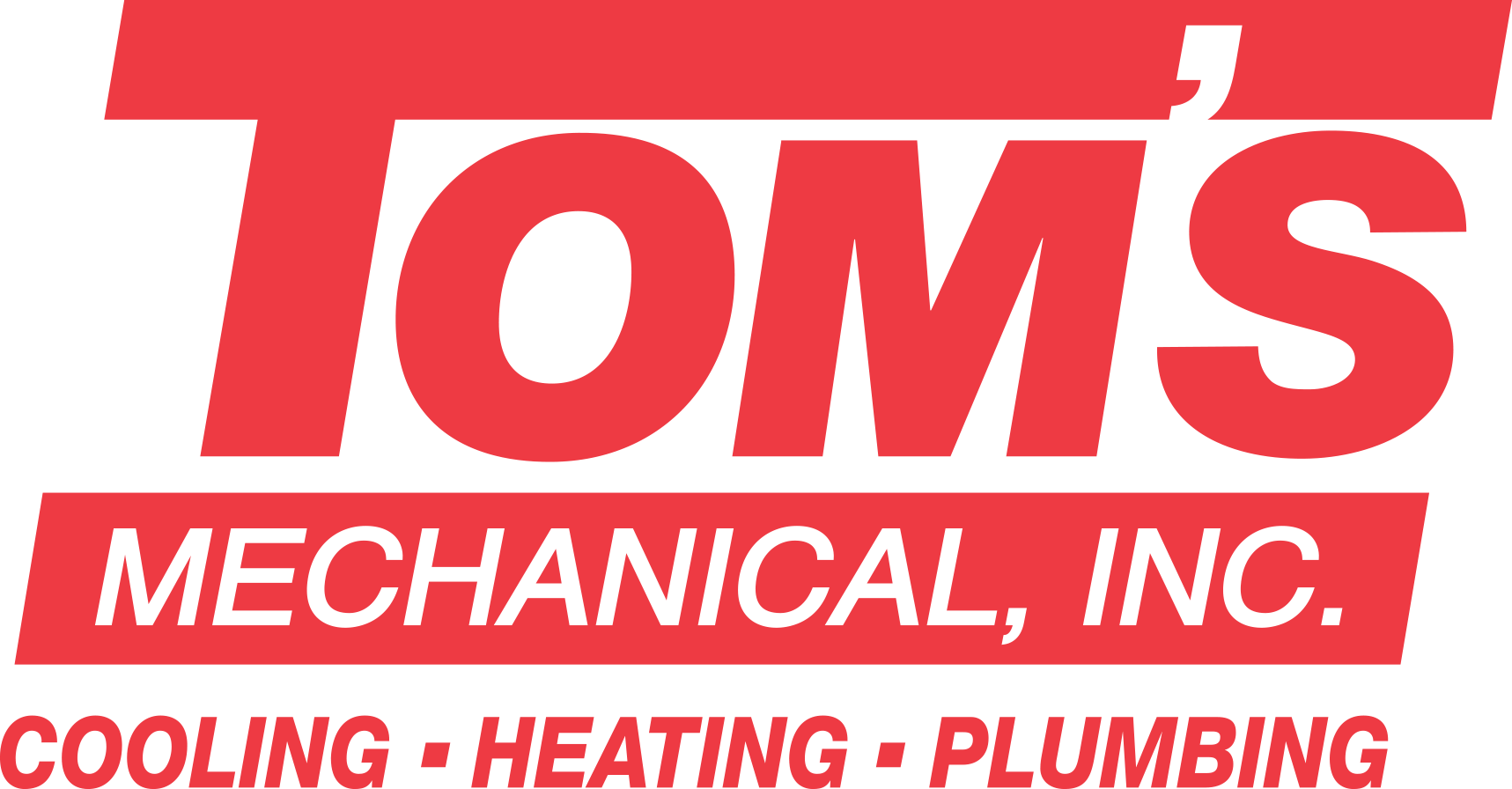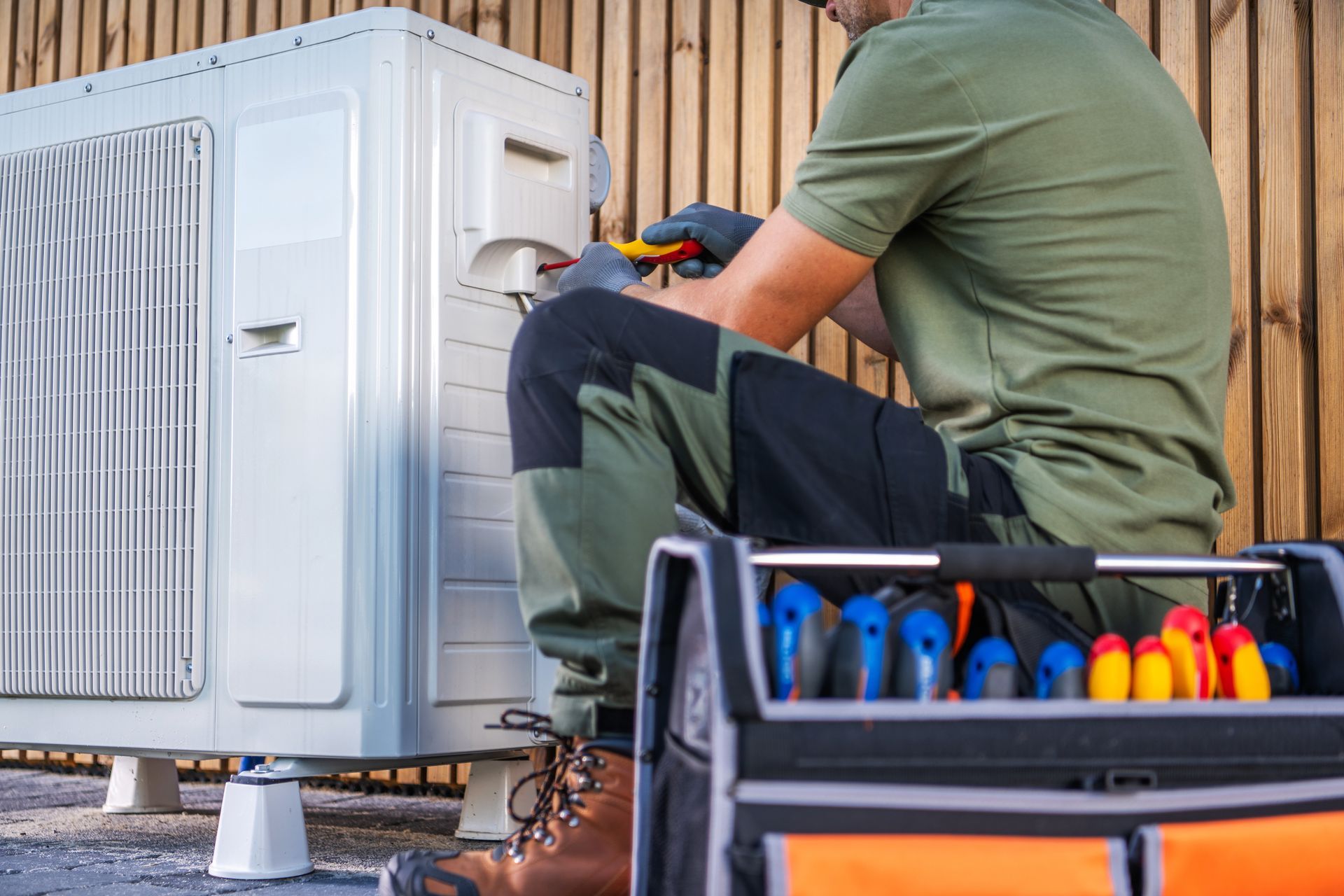Serving Residents of Tarrant County for Over 60 Years
Call the On-Time, Honest HVAC Experts | Available 24/7 for Emergency Services
Which Tools Will a Qualified HVAC Technician Use?

Keeping your heating, ventilation and air conditioning systems functioning correctly requires more than just in-depth knowledge of these complex, interconnected systems. Trained technicians also need the right tools for the job.
Whether a technician is performing routine maintenance, troubleshooting an issue or installing a new system, they rely on specialized HVAC tools to get the job done safely.
Multimeter
A multimeter is one of the most essential tools an HVAC technician can carry. This device allows the technician to measure voltage, current and resistance in electrical components. Since HVAC systems rely heavily on electrical connections, a multimeter helps diagnose electrical issues such as short circuits, blown fuses and malfunctioning thermostats.
A high-quality digital multimeter is a must-have tool that allows certified technicians to accurately assess the health of an HVAC system and its individual components.
Refrigerant Gauges
Refrigerant gauges are another crucial tool for HVAC technicians, especially when dealing with air conditioning units. These gauges help measure the pressure of refrigerants within the system to ensure it's at the correct levels. If refrigerant levels are too low, it can indicate a leak or inefficiency in the system, while too much refrigerant can cause pressure build-up and damage the compressor.
Technicians use these gauges during system installation, repairs and routine maintenance to check for refrigerant issues and ensure that the cooling process operates smoothly.
Manifold Gauge Set
A manifold gauge set is closely related to refrigerant gauges and is used to read high- and low-pressure levels in HVAC systems. This tool is important for technicians when they are charging, evacuating or diagnosing a system. It allows the HVAC technician to measure both liquid and vapor pressure and gives them a comprehensive view of the refrigeration cycle within the unit.
With a manifold gauge set, HVAC technicians can quickly determine if the system is running within the required pressure parameters and can diagnose problems like refrigerant leaks or system inefficiencies.
Thermometers
HVAC technicians rely on thermometers to measure air temperature, which is critical in diagnosing heating or cooling issues in homes. Infrared thermometers are popular among HVAC professionals as they allow for non-contact temperature measurements, making it easy to assess different parts of a system quickly.
Thermometers can be used to check the temperature of vents, pipes, ducts and more. These readings give a clear indication of whether the system is maintaining the correct temperature levels and can help a trained technician pinpoint where problems are occurring.
Vacuum Pumps
A vacuum pump is used during the installation or repair of an HVAC system to remove air and moisture from the system’s refrigerant lines. Moisture in refrigerant lines can cause freezing, corrosion and system damage. Removing this moisture is necessary for maintaining an HVAC system’s efficiency and preventing future issues.
Leak Detectors
Refrigerant leaks are a common issue in HVAC systems, and detecting these leaks can be challenging without the right tools. HVAC technicians use electronic leak detectors, which help them find even the smallest refrigerant leaks in the system.
A leak detector is a must-have HVAC tool because it allows the technician to quickly identify and fix leaks before they lead to bigger, more expensive issues.
Duct Cleaning Equipment
Over time, air ducts accumulate dust, allergens and debris, which can decrease air quality and system efficiency.
It requires much more than a typical handheld vacuum to thoroughly clean an entire system of ductwork. Qualified HVAC technicians use specialized duct cleaning equipment such as rotary brushes, truck-mounted vacuums, compressed air tools and fogging antimicrobial treatments to clean and disinfect ducts thoroughly.
Not every HVAC company has the know-how or tools needed to properly clean ducts and safeguard your indoor air.
Wrenches, Pliers, Pipe Benders and Crimpers
While specialized HVAC tools are essential, basic hand tools such as wrenches, pliers, pipe benders and flaring tools for shaping copper tubing are just as necessary. HVAC technicians use adjustable wrenches, pipe wrenches and slip-joint pliers for tightening and loosening various components in an HVAC system. These hand tools are vital when dealing with nuts, bolts and pipe fittings.
Having a comprehensive set of hand tools on well-stocked trucks ensures an HVAC technician is never in a situation where they need to leave a client’s home to find the right-sized tool to get the job done.
Specialized Cleaning Supplies
Cleaning is a bigger part of the HVAC technician’s job than people may realize. Tom’s Mechanical technicians are always equipped with a diverse array of cleaning agents and tools, like coil cleaners, fin combs and chemical flush kits, to ensure they can provide the maintenance services Arlington homeowners need on the spot.
We Use Only the Best and Most Dependable Tools When Servicing HVAC Systems in Arlington
Our experienced technicians at Tom’s Mechanical are fully equipped with all the high-quality tools necessary to make sure your home stays comfortable year-round. Request service through our website today or give us a call at 817-277-4493.
OTHER RECENT POSTS
REQUEST YOUR SERVICE WITH TOM'S MECHANICAL, INC.
For 24/7 emergencies, call us at (817) 277-4493 today!
Our Web Form Is Not For Emergencies
WE'RE A CUT ABOVE THE REST
Over 60 Years of HVAC Solutions
You Deserve To Be Comfortable In Your Own Home
Delivering the Highest Quality of Service
Serving Arlington, Southlake, Grapevine and Keller
Available 24/7 for Emergency Services
Quick Links



